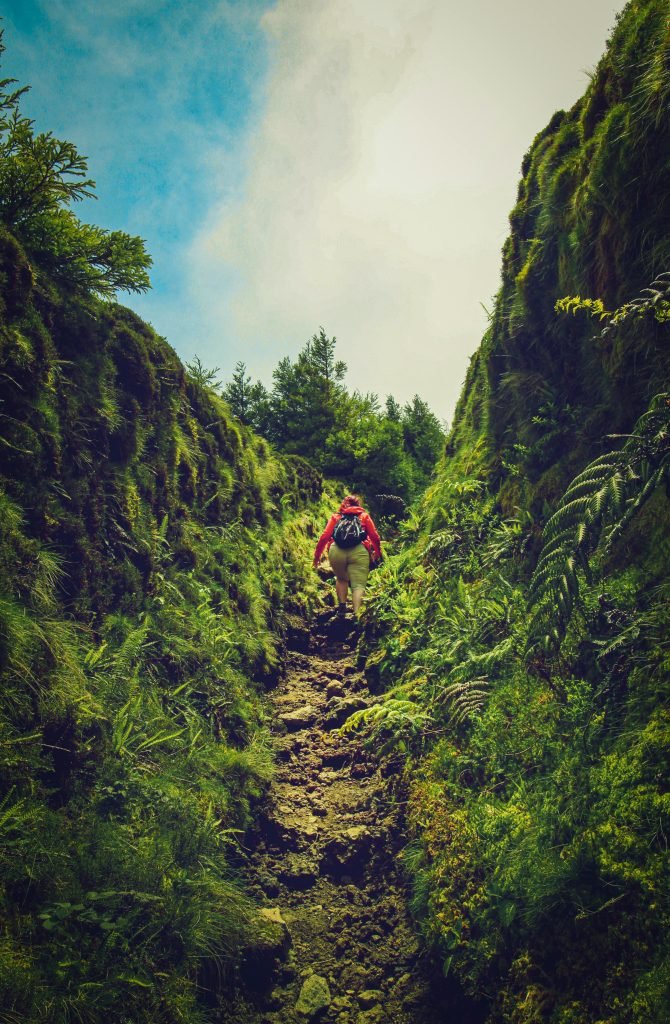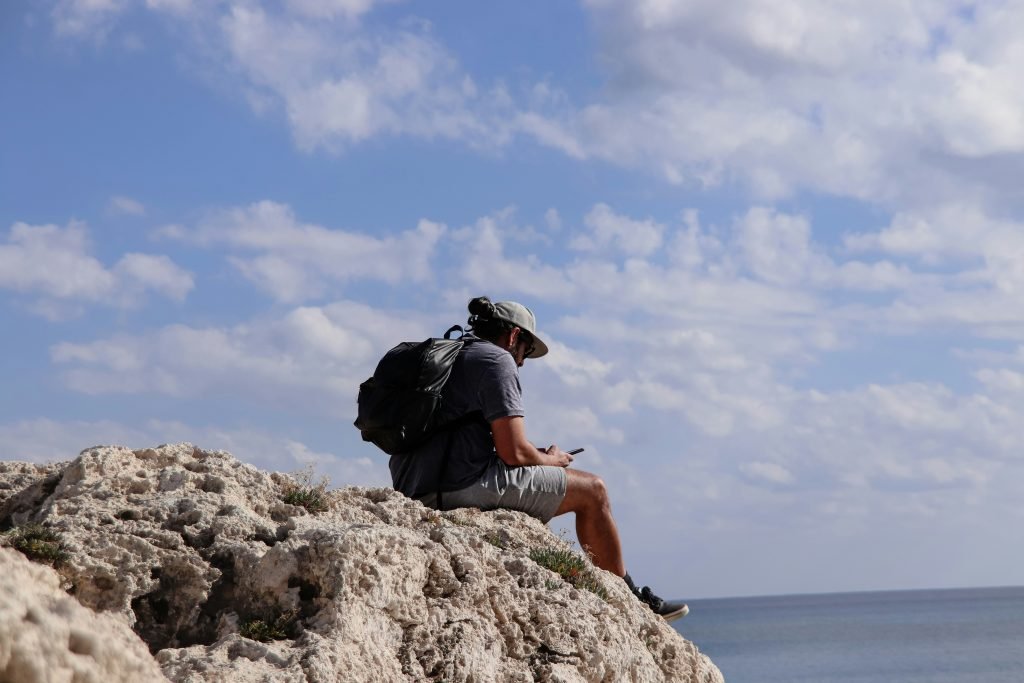When planning your next outdoor adventure, have you ever wondered how to select the perfect clothing to keep you comfortable and protected? With a variety of options available, ensuring you have the right gear for the conditions can make all the difference.

This image is property of images.pexels.com.
Understanding Your Environment
It’s essential to consider the environment where you’ll be spending your time. Different outdoor activities require specific clothing features that help you stay comfortable, warm, and dry.
Climate Considerations
The climate plays a pivotal role in choosing outdoor clothing. Think about factors like temperature, humidity, and potential precipitation. Here’s a simple breakdown:
| Climate Type | Clothing Considerations |
|---|---|
| Hot and Dry | Lightweight, breathable fabrics; light colors to reflect sunlight. |
| Cold and Windy | Insulating layers; windproof outer layer; thermal accessories (hat, gloves). |
| Wet or Humid | Waterproof materials; moisture-wicking base layers; breathable fabrics. |
| Variable Weather | Layering system for easy adjustment to changing conditions. |
When you know the climate, you can tailor your clothing choices to fit perfectly.
Choosing the Right Fabric
The type of fabric you choose will significantly impact your comfort during outdoor activities. Different materials have unique properties that can either help or hinder your performance.
Synthetic vs. Natural Fibers
-
Synthetic Fabrics: Often made from polyester, nylon, or similar materials, they are typically more durable and moisture-wicking. They dry quickly and resist odors, making them great for active pursuits.
-
Natural Fibers: Materials like cotton or wool offer comfort and breathability. However, cotton can absorb moisture and take a long time to dry, which is a disadvantage in wet conditions. Wool, on the other hand, retains warmth even when wet, making it a good choice for colder activities.
Moisture Management
You need to understand moisture management when considering outdoor clothing. Whether you’re hiking, cycling, or climbing, sweat management can change your comfort level:
-
Base Layers: Look for moisture-wicking fabrics that pull sweat away from your skin and keep you dry. Merino wool and synthetic blends are great options.
-
Mid Layers: These provide insulation and retain heat. Fleece or down jackets, depending on the temperature, can work well here.
-
Outer Layers: Waterproof and breathable materials like Gore-Tex will protect you from the elements while allowing moisture from sweat to escape.
Fit and Comfort
Finding clothing that fits you well is crucial for both performance and comfort. Poorly fitting gear can chafe, restrict movement, and lead to distractions during your outdoor adventures.
Size and Layering
-
Correct Size: Always try on clothing before purchasing. Ensure it offers a snug fit without being constricting. Remember, layers add bulk, so consider sizing up accordingly.
-
Layering System: The three-layer system (base, mid, and outer layers) allows you to adjust your clothing according to the weather and activity level. You’ll want to ensure each layer works well together without adding unnecessary bulk.
Stretch and Mobility
Activities such as climbing or hiking require not only warmth but also the freedom to move. Look for clothes made from stretchable materials that allow you to bend and stretch without restrictions.
Weather Protection
For outdoor activities, being prepared for unpredictable weather can enhance your experience. Proper clothing can shield you from elements that may arise unexpectedly.
Rain and Wind Resistance
-
Waterproof Layer: A quality rain jacket with sealed seams is essential for wet weather. Look for features like adjustable hoods, cuffs, and hemlines to customize the fit and increase protection.
-
Windproof Features: Choose outer layers that block wind. Windbreakers or insulated jackets can protect you from chilling breezes, especially in mountain or coastal areas.
Sun Protection
When spending long hours outdoors, UV rays can take a toll. Here are ways to stay protected:
-
UPF Clothing: Opt for clothing specifically designed with UPF (Ultraviolet Protection Factor) to block harmful rays. This can be an unbelievable addition when hiking, fishing, or camping.
-
Accessories: Don sunglasses with UV protection, use a wide-brimmed hat, and consider lightweight gloves for additional coverage.

This image is property of images.pexels.com.
Activity-Specific Needs
Your choice of clothing may vary based on the specific outdoor activity you plan to engage in. Tailoring your gear to the activity ensures optimal performance and comfort.
Hiking and Trekking
For hiking, the right clothing can keep you comfortable during long-lasting excursions:
-
Pants: Lightweight, quick-drying pants are ideal. If you’re hiking in warmer temperatures, consider convertible pants that turn into shorts.
-
Footwear: Quality hiking boots with good ankle support and waterproof features should not be neglected. Pair your boots with moisture-wicking socks to prevent blisters.
Climbing and Bouldering
When climbing, movement is key. Lightweight, flexible clothing is necessary:
-
Shorts and Pants: Look for pants made from stretchable, durable fabrics. Opt for designs that offer reinforced stitching in high-wear areas.
-
Harness Compatibility: Ensure your clothing fits well with your climbing harness. Avoid long drawstrings or baggy fabric that can snag on equipment.
Fitness and Running
For those who prefer higher-intensity activities like running or cycling, breathability and moisture management are vital:
-
Running Gear: Opt for lightweight, moisture-wicking tops and shorts or leggings. Look for reflective materials if you plan to run in low-light conditions.
-
Layering for Performance: Consider how layering can enhance comfort. A lightweight windbreaker can be a smart addition during colder runs.
Sustainability Considerations
As you navigate the outdoor clothing market, it’s vital to remain mindful of sustainability. The choices you make can impact not only your experience but also the environment.
Eco-Friendly Materials
Seek out brands committed to sustainability. Many companies now offer products made from recycled materials or organic sources. Some options include:
-
Recycled Polyesters: Fabrics made from repurposed plastic bottles reduce waste and conserve resources.
-
Organic Cotton: Grown without harmful chemicals, organic cotton is a more sustainable choice than conventional cotton.
Responsible Manufacturing
Look for brands that prioritize ethical labor practices. Certifications such as Fair Trade or Global Organic Textile Standard (GOTS) can guide your choices.

This image is property of images.pexels.com.
Care and Maintenance of Outdoor Clothing
Proper care extends the lifespan of your outdoor clothing, ensuring they remain effective and comfortable throughout their usage.
Washing Techniques
-
Follow Instructions: Always adhere to washing labels to maintain the integrity of your clothing. Different materials may require specific care to avoid damage.
-
Avoid Fabric Softener: It can coat fibers and diminish moisture-wicking properties. Instead, use detergents designed for technical fabrics.
Storing Your Gear
-
Dry Completely: Before storing, ensure your clothing is thoroughly dry to prevent mildew.
-
Cool, Dry Spaces: Store items in a cool, dry place away from direct sunlight which can cause fading and degradation.
Budgeting for Outdoor Clothing
While investing in quality outdoor clothing may seem daunting, planning your budget can make the process simpler and more manageable.
Prioritize Essential Items
Consider what pieces of clothing you need most based on the activities you plan. Some items to consider as essentials include:
- Base layers: Necessary for any outdoor activity.
- Waterproof jacket: Vital for wet conditions.
- Footwear: Invest in well-fitting, quality shoes.
Look for Sales and Discounts
Shop during off-seasons or clearance sales to find quality gear for less. Setting up alerts for sales can help you acquire clothing without breaking the bank.
Final Thoughts
Choosing the right outdoor clothing is essential for enhancing your experience during outdoor activities. By understanding your environment, selecting appropriate fabrics, ensuring a comfortable fit, and considering your specific needs, you can gear up for your next adventure with confidence.
Remember to take care of your clothing, consider sustainability, and plan your budget wisely. Your future outdoor pursuits will thank you for the thoughtful preparation! So, what are you waiting for? Get out there, gear up, and enjoy everything nature has to offer!




